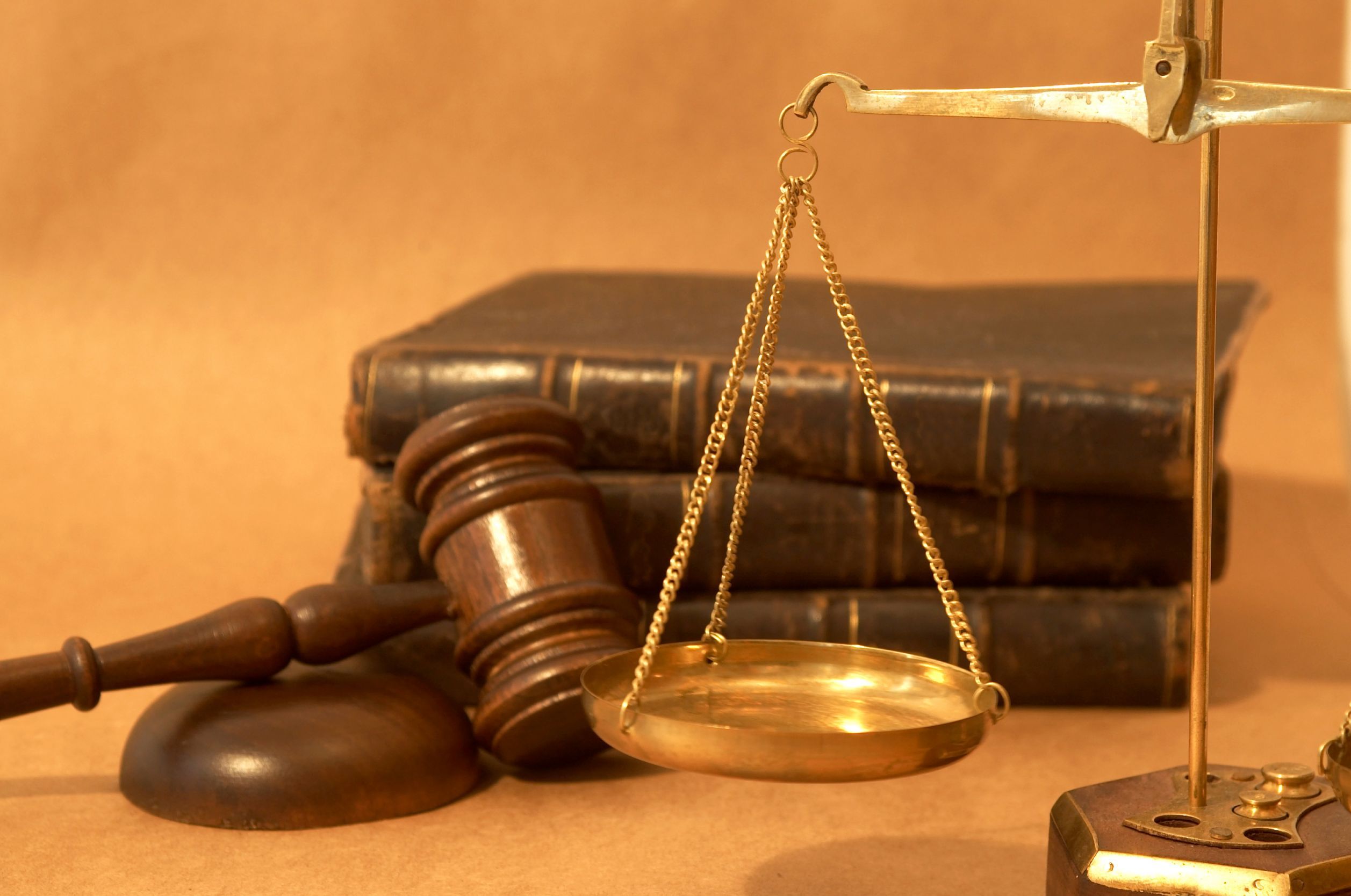UK Accident Claim Solicitors – Building Site Injury
The injury statistics for what is now considered to be a ‘safe’ industry are surprising. Notwithstanding a decline in new building starts over the last decade, two people are killed every week in a UK building site accident. Hundreds more suffer from injuries across the scale including brain damage, fractures and lacerations. UK accident claim solicitors aim to recover maximum damages for the victims of construction accidents on a risk-free basis. Most UK accident claim solicitors are personal injury specialist who deal with building site accident compensation claims using the no win no fee scheme.
Industrial Injuries
Building site accidents are a sub-category of industrial accidents handled by accident claim solicitors which occur when people are at work and most of the same general principles apply. Some accidents occur because of unsafe working conditions. When an employer does not remedy a problem that they know poses a risk to their employees they can be held responsible for the resulting injuries. Industrial accidents are also often attributed to defective machinery and liability exists if the employer fails to properly maintain the machinery used by their employees. Almost all procedures in use on a building site must be the subject of a risk assessment by the employer where potential risk to health and safety is established in advance and procedures are put in place to reduce the risk to a reasonable and acceptable level. Manual handling of materials must, where reasonably possible, be mechanised to reduce the incidence of back injury which is the most common industrial health hazard.
Duty of Care
Employers owe a general duty of care and these are embodied in numerous Parliamentary Statutes and Regulations which cover the majority of common procedures in use in the construction industry. In very general terms an employee’s entitlement includes: –
provision of a safe place of work including adequate premises and other facilities
tools, equipment and machinery that are safe and well maintained
access to literature on the safe use of tools, equipment and machinery
risk assessment on all potentially dangerous procedures
competent and well trained co-workers
adequate safety equipment and protective clothing
